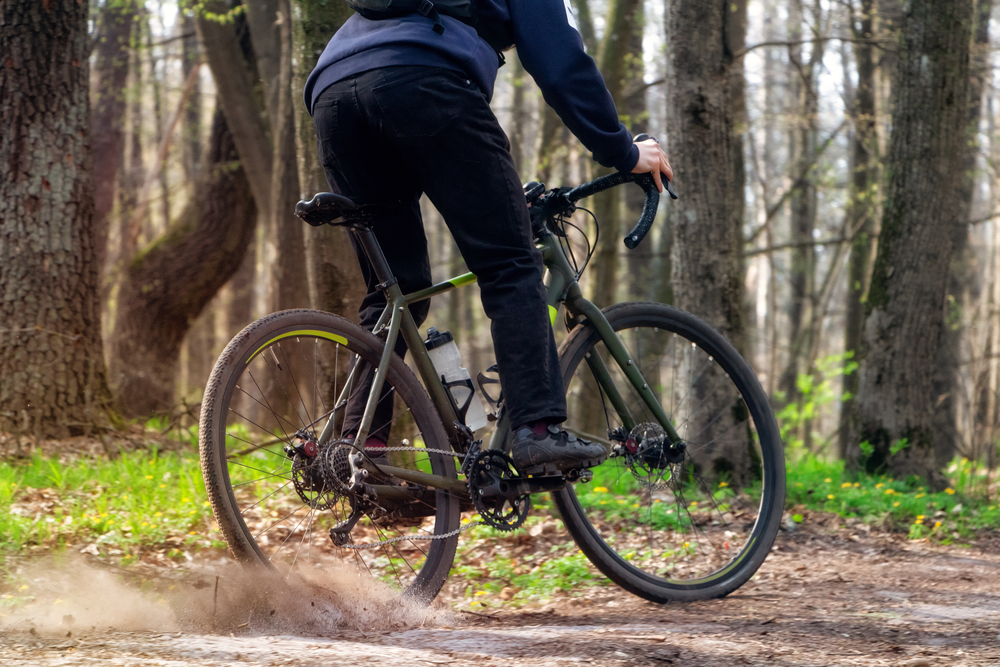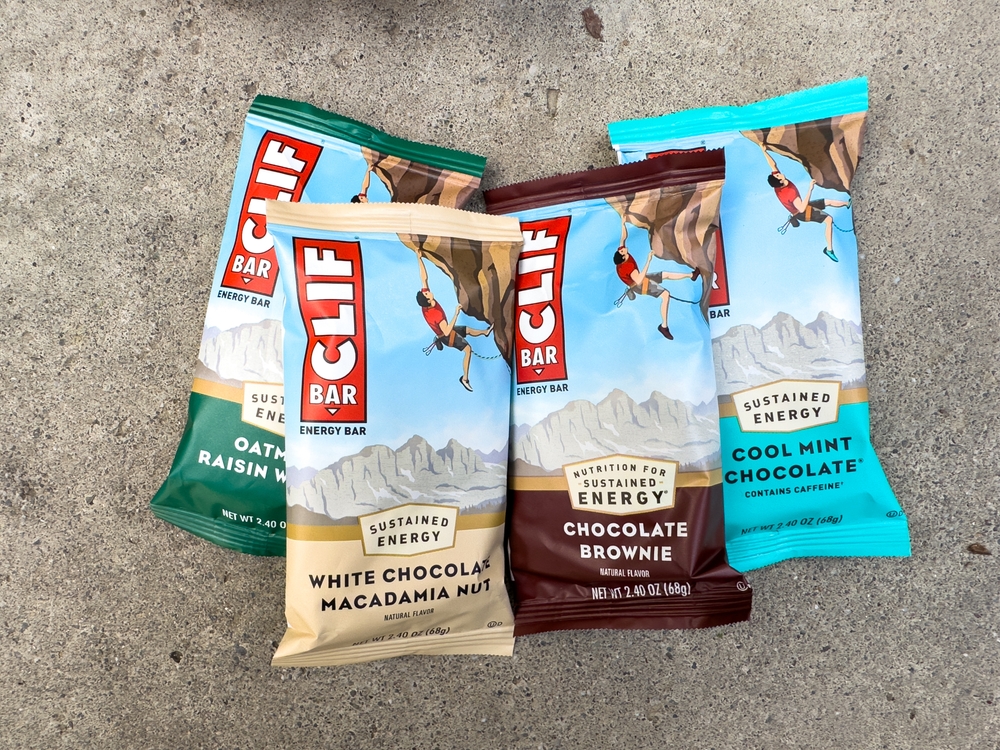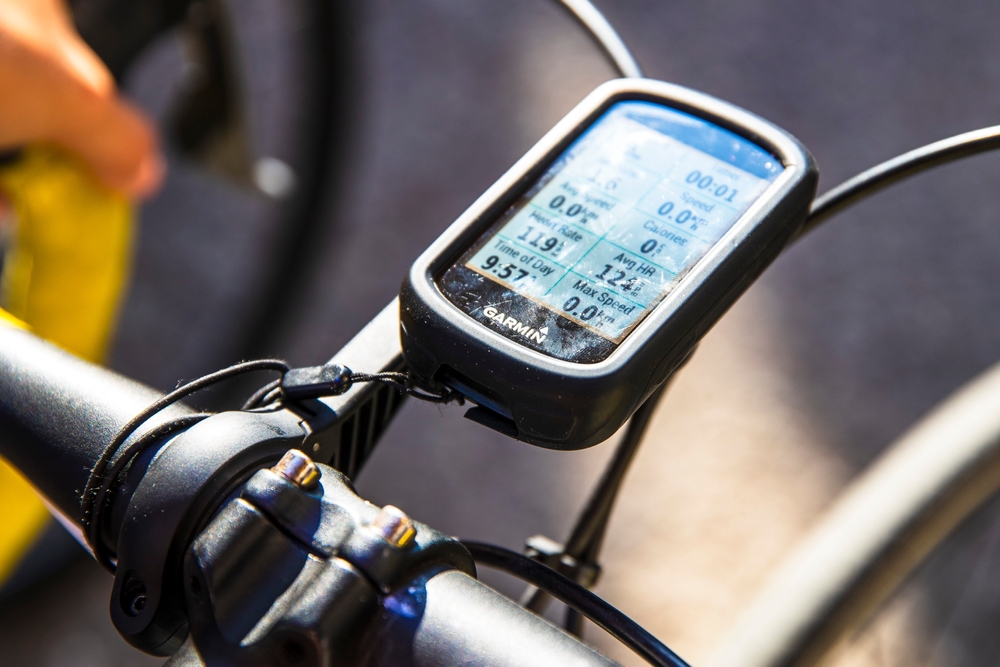Tour de France Bikes: A Comprehensive Overview
The Tour de France is one of the most famous bicycle races in the world. The bikes used in this race are among the best in the cycling industry. Over the years, these bikes have seen significant technological advancements that enhance performance, comfort, and efficiency. Here’s a detailed look into the bikes that power the Tour de France.
Historical Evolution
In the early days of the race, bikes were simple and heavy. Riders relied on their physical endurance more than the bike’s design. The frames were made of steel, and the components were rudimentary. Over time, technological advancements led to lighter and more durable materials. Carbon fiber frames became the norm, reducing the bike’s weight significantly.
The Modern Bike Materials
Modern Tour de France bikes incorporate high-tech materials. Carbon fiber remains the primary material due to its strength-to-weight ratio. It makes the bike both lightweight and durable. Other materials like titanium and advanced alloys are also used, although less frequently. These materials contribute to the stiffness and compliance needed for different race conditions.
Frame Design and Aerodynamics
Frame design plays a critical role in improving aerodynamics. Modern frames are designed to minimize air resistance. The use of wind tunnel testing has significantly influenced frame shapes. The integration of cables and other components into the frame further reduces drag. These aerodynamic improvements can give riders a considerable advantage, especially during time trials.
Components and Drivetrain
High-performance components are essential for Tour de France bikes. Groupsets from leading brands like Shimano, SRAM, and Campagnolo are standard. These groupsets include gears, derailleurs, chainsets, and brakes. Electronic shifting has become common, providing precise and quick gear changes. The use of power meters helps riders and teams monitor performance and make real-time adjustments.
Wheel Technology
Wheels have also seen significant advancements. Carbon fiber rims are common, offering light weight and strength. The depth of the rims can affect aerodynamics and crosswind stability. Tubeless tires have gained popularity for their lower rolling resistance and reduced puncture risk. Teams often have different wheel setups for flat stages, mountain stages, and time trials.
Bike Fitting and Customization
Each rider’s bike is customized for optimal fit. Proper fitting enhances performance and reduces the chance of injury. Riders undergo thorough bike fitting sessions to adjust saddle height, handlebar position, and reach. Custom-made frames are common, tailored to each rider’s specific measurements and riding style.
Team Bikes and Sponsorship
Teams in the Tour de France have official bike sponsors. These partnerships are mutually beneficial. Sponsors provide state-of-the-art bikes and receive significant exposure during the race. Teams often work closely with sponsors to develop and test new technologies. This collaboration ensures that riders have the best equipment available.
Maintenance and Support
Keeping the bikes in top condition is crucial. Teams have dedicated mechanics who travel with them. These mechanics perform regular maintenance, including cleaning, lubrication, and part replacements. During the race, support vehicles carry spare bikes and equipment. Mechanics can quickly make repairs or swap bikes when needed.
Training Bikes vs. Race Bikes
Riders often have different bikes for training and racing. Training bikes might be less advanced and more durable to withstand long hours of use. Race bikes, on the other hand, are optimized for performance. They incorporate the latest technology and materials for every possible advantage.
Environmental and Ethical Considerations
Environmental concerns are increasingly influencing bike manufacturing. Companies are looking for sustainable materials and manufacturing processes. Recycling programs for old bikes and components are becoming more common. Ethical considerations also play a role, with companies aiming to ensure fair labor practices in their supply chains.
The Future of Tour de France Bikes
The future of Tour de France bikes looks promising. Smart technology integration is on the rise, with features like real-time data analytics and advanced power meters. Innovations in materials science may lead to even lighter and stronger frames. Sustainability will likely continue to be a focus, with more eco-friendly bikes entering the race.
Understanding the intricate details of these bikes provides a greater appreciation for the technology and effort that goes into the Tour de France. These bikes are more than just vehicles; they are engineering marvels that represent the pinnacle of cycling performance.






